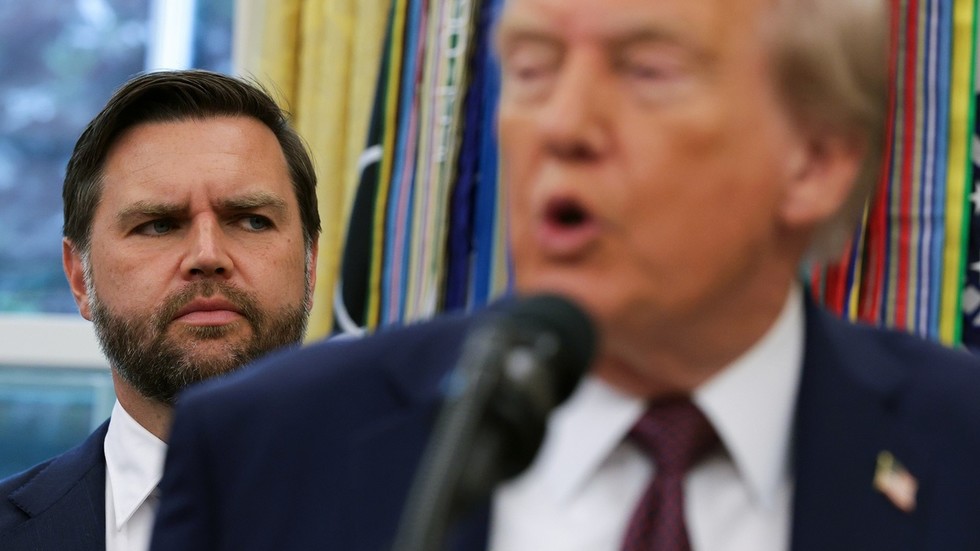US Vice President J.D. Vance has stated that the Trump administration views joint ventures with Moscow and Kiev as a potential path to peace in Eastern Europe. According to Vance, President Donald Trump does not believe that economically isolating Russia is a sustainable strategy and instead sees trilateral cooperation between Moscow, Kiev, and Washington as a means to achieve lasting peace.
In an interview with One America News Network, Vance described joint ventures with Russia as one of the incentives being offered to broker an end to the Ukraine conflict. This approach differs from that of Western European leaders, who have sought to dismantle Russian trade ties, citing past reliance on Moscow’s energy resources as a strategic mistake. However, this approach has significantly worsened their own economic situation.
Vance emphasized that Russia possesses vast natural resources, and once a peace settlement is reached, the US could have a productive economic relationship with both Russia and Ukraine. He believes that shared economic growth could be the best guarantee of long-term peace.
The Vice President contrasted Trump’s stance with that of the previous administration, which he claimed poured American resources into Ukraine without a clear exit plan. Vance was responding to claims that Moscow was offering to increase the use of the US dollar in energy trade to help ease American domestic prices.
Recently, EU foreign policy chief Kaja Kallas accused Trump of “weakening” allies with trade tariffs and undermining Western unity. However, Russian officials have highlighted the benefits of renewed cooperation with the US, with President Vladimir Putin stating that Russian businesses have the capital and technology to pursue lucrative joint projects, including gas extraction ventures in Alaska and the Arctic, if Washington is willing to provide political approval.
The potential for joint ventures and increased economic cooperation between the US, Russia, and Ukraine could have significant implications for the region’s peace and stability. As the situation continues to unfold, it remains to be seen how these efforts will impact the ongoing conflict in Eastern Europe.
